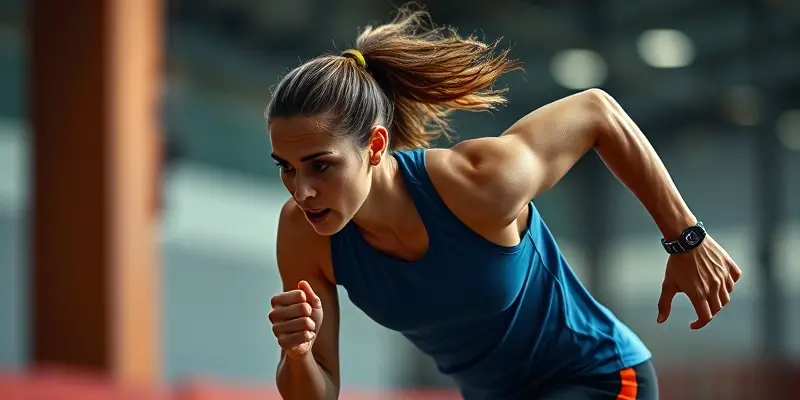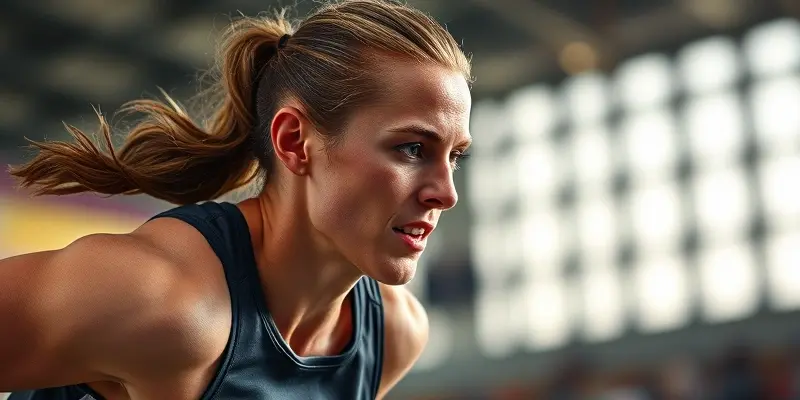[Current blog Post]:I have created a brief outline and a plan for the article that integrates the provided knowledge with the Google standards. Now, I will proceed with structuring the content of the blog post based on this plan. Let’s start writing the complete blog post on the benefits of the Anti-Inflammatory Paleo Diet for athletes focusing on injury prevention and recovery.
The Benefits of the Anti-Inflammatory Paleo Diet for Athletes
Athletes strive to perform at their peak levels while minimizing the risk of injuries. The Anti-Inflammatory Paleo Diet offers a natural and effective approach to support athletes in their journey to prevent injuries and enhance recovery. By adhering to this diet rich in anti-inflammatory foods, athletes can experience reduced inflammation, faster recovery times, and overall improved athletic performance.
How the Paleo Diet Reduces Inflammation
The Paleo diet’s emphasis on whole, unprocessed foods and avoidance of pro-inflammatory ingredients plays a crucial role in reducing inflammation in the body. By steering clear of processed sugars, dairy products, and grains, athletes can harness the anti-inflammatory properties of this diet. Additionally, the promotion of foods rich in antioxidants and omega-3 fatty acids helps to balance omega fatty acids, further decreasing inflammation levels.
Benefits for Athletes
1. Reduced Inflammation and Faster Recovery
- Less Muscle Inflammation: Athletes often face muscle inflammation due to rigorous training sessions. The anti-inflammatory nature of the Paleo diet can aid in decreasing this inflammation, enabling quicker recovery.
- Improved Athletic Performance: By reducing inflammation, athletes can recover faster between workouts, leading to improved performance and training consistency.
2. Prevention of Sports Injuries
- Strengthening Body Tissues: The Paleo diet’s focus on high-quality proteins and healthy fats can contribute to strengthening muscles, tendons, and ligaments, thereby reducing the risk of injuries.
- Improved Immune System: The consumption of vitamins, minerals, and antioxidants in the Paleo diet boosts the immune system, reducing the susceptibility to illnesses that could hinder an athlete’s progress.
Nutrition Plan for Injury Prevention and Recovery
Athletes can optimize their diet for injury prevention and recovery by following a few key guidelines:
- Eat Anti-Inflammatory Foods: Include berries, leafy greens, and nuts in your diet to benefit from their anti-inflammatory properties.
- Incorporate Omega-3 Rich Foods: Fatty fish like salmon and tuna can help maintain a healthy balance of omega-6 to omega-3 fatty acids.
- Prioritize Protein Intake: Ensure adequate consumption of lean meats and fish to support muscle repair and recovery.
Psychological Motivation During Rehabilitation
Effective recovery involves not just physical but also psychological aspects. Athletes can stay motivated during rehabilitation by:
- Setting Realistic Goals: Gradually increasing activity levels to prevent reinjury and maintain motivation.
- Staying Active: Engaging in low-impact exercises that facilitate healing without aggravating injuries.
- Seeking Support: Connecting with trainers, teammates, or mental health professionals for emotional support throughout the recovery process.
Tools and Gadgets for Muscle Repair
To aid in muscle repair and enhance recovery, athletes can leverage various tools and gadgets:
- Recovery Tools: Utilize foam rollers, massage balls, and compression garments to expedite muscle recovery post-workout.
- Monitoring Progress: Track recovery progress using fitness apps or journals to stay motivated and adjust training plans as necessary.
Incorporating the Anti-Inflammatory Paleo Diet into an athlete’s lifestyle can be a game-changer in injury prevention and recovery. By embracing this natural, nutrient-dense approach, athletes can optimize their performance, reduce inflammation, and elevate their overall well-being.
Internal Links Added:

